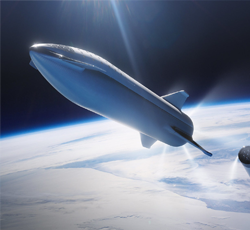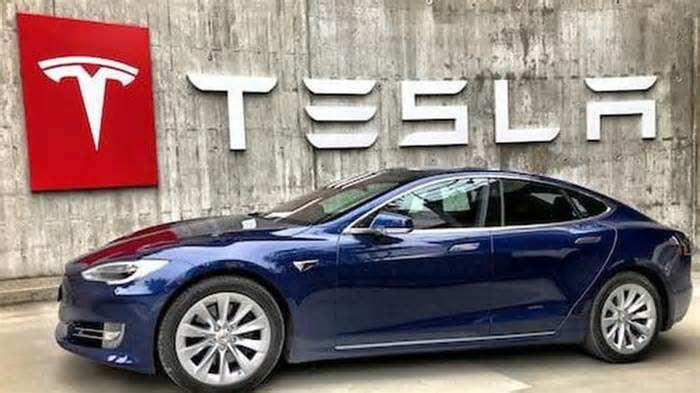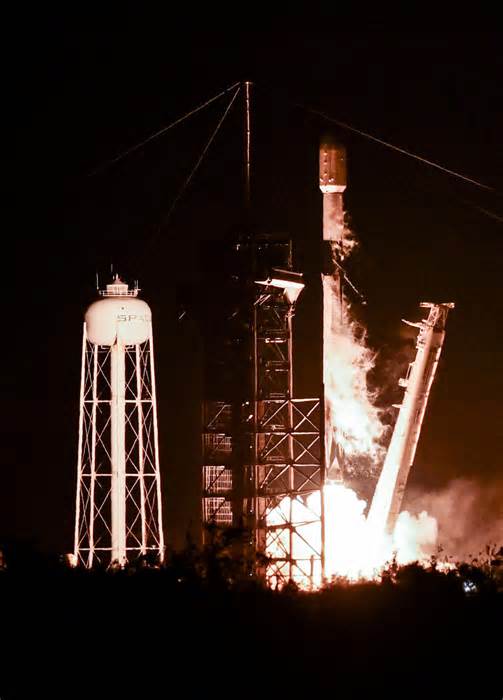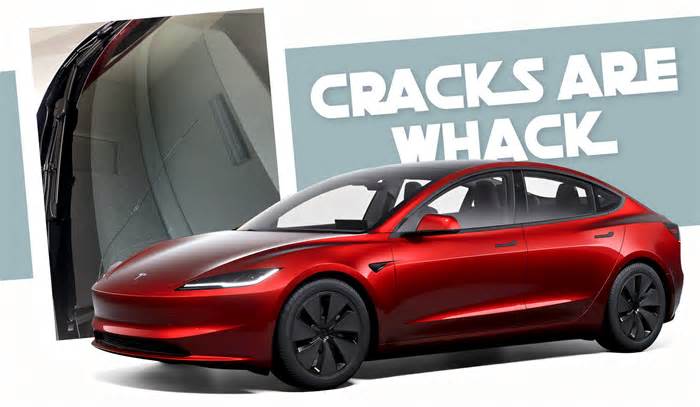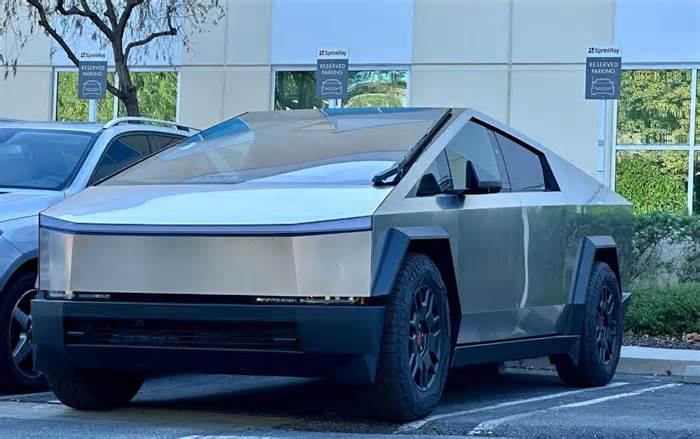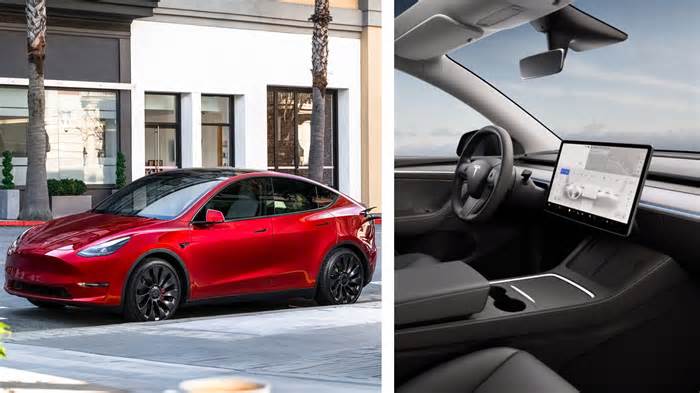
Gateway: The 21st-century moonshot mission
- by Popular Science
- Feb 03, 2025
- 0 Comments
- 0 Likes Flag 0 Of 5
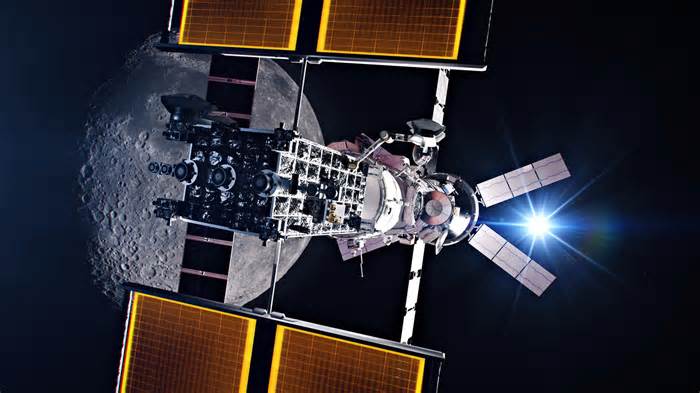
Posted 17 Hours Ago
An artist’s concept of the Gateway space station in a polar orbit around the moon. Credit: NASA
Share To Emma Lehnhardt, the space station’s planning and control manager, Gateway is the start of a broader future in space. “We are learning how to live and work — quote unquote — off the land,” she said, using the resources at hand.
Someday, she said that she thinks, humans will have a basic civilization in space — with jobs, industries, lots of different spacecrafts. But one spacecraft must go first. “For me, Gateway really starts that view of the future,” Lehnhardt said.
And while Gateway will begin with its two modest pieces, it will expand with time, getting new modules on future Artemis missions, and getting resupplied, recrewed, and refueled regularly.
By the end of its construction in the 2030s, Gateway will be around 10 to 20 percent of the ISS’s size, in an orbit that allows quick communication with astronauts and robots on the surface of the moon. Up to four astronauts will stay for one to three months at a time, shorter stints compared to the ISS, where astronauts live for up to a year at a time. “These are kind of more like camping trips,” Lehnhardt said.
Given that campers won’t always be on board, Gateway will be able to operate autonomously, testing the sort of self-direction that will be useful if NASA ventures to Mars. Given the great distance between Earth and Mars, and the speed of light’s relative slowness compared to the vastness of space, communications between the ship and mission control take too long for Earth to control the ship efficiently and safely.
But NASA wants to find a way to bring at least some comforts to both places. Earth is “a nice, comfortable environment,” said Shatel Bhakta, NASA’s lunar architecture team lead. “But providing that to our pink, squishy human life forms out in the cold harshness of space — that’s actually pretty challenging.”
The biggest comfort Gateway astronauts will need is radiation shielding. Stay close to home, and Earth’s magnetic field acts as a shield, routing the cell-damaging energy and particles that constantly stream through the universe away from delicate biological tissue and instruments.
Terry Virts, a former astronaut, has spent more than 200 days in space, including aboard the ISS. That station benefits from some earthly protection, but astronauts nevertheless get between around 25 times the radiation dose of an average Earth-dweller in a six-month period. “It would be much more dangerous for humans in orbit around the moon,” wrote Virts in an email to Undark.
That’s part of why Gateway’s three initial scientific experiments, which will begin before astronauts arrive, seek to quantify this radiation problem. “It was smacking-in-the-face obvious that this is what we need to study,” said Stephanie Buskirk-Dudley, the manager of Gateway’s mission integration and utilization. “Because we don’t have this kind of data.”
Two instruments, the Heliophysics Environmental and Radiation Measurement Experiment Suite and the European Radiation Sensors Array, will post up on Gateway’s exterior, to understand what the space weather and the raw cosmic environment are like. And inside Gateway will be the Internal Dosimeter Array, whose measurements can be compared with those outside to see how well the station mutes the universe’s wrath.
“Of course, those experiments could be done much more cheaply on an unmanned satellite,” noted Virts, who opposes Gateway — partly because of risks like radiation, and partly because of inefficiencies, like having humans do science that satellites could.
That’s not necessarily the case for all of Gateway’s science, the future of which is still to be determined. Buskirk-Dudley said later missions may study neutrinos. Those are among the most abundant particles in the universe, but because of their tiny mass and fast speed, they rarely interact with regular matter and so are hard to learn about. Researchers could also explore how drugs react to long-term radiation. NASA has also put out a request for human health researchers to suggest deep-space studies. Further off, scientists are also planning robotic exploration of the lunar surface, in which astronauts could direct the robotic scientists in real-time, rather than sending a command, waiting for execution, and then sending another. “That has an advantage over controlling it from Earth,” said Burns.
Burns is particularly excited about things like seismic sensors that could reveal the moon’s inner workings; instruments that could search for polar ice for rocket fuel or sustenance for future astronauts; and radio telescopes far from earthly interference, also controlled from Gateway. “We’ve never been able to do that before on a planetary body,” said Burns.
In the next few decades, once NASA has more experience on and knowledge about the moon, the agency also plans to build an outpost and houses there. But until then, astronauts’ semi-permanent home will be the vacuum of space.
Gateway astronauts will have a very different experience than those aboard the ISS. If something goes wrong (and when things go right), Gateway will be days, instead of the usual hours, away.
That distance will be apparent to Gateway’s inhabitants. On the International Space Station, astronauts could gaze down at their home planet any time. “You can float over to the cupola, open up the shutters,” said Randolph “Randy” Bresnik, a NASA astronaut who has visited the ISS twice. Spacefarers can check out the ripples of the Rockies, watch the aurora dance over the poles, gaze at clouds over the ocean. Earth’s inhabitants can also look up and see the ISS as a quickly moving light moving across the sky.
From Gateway, meanwhile, astronauts will be able to cover the whole Earth with a thumb; earthly eyeballs won’t see them at all.
Despite the distance, staying on Gateway may be psychologically easier than staying on the ISS, said anthropologist Jack Stuster. According to the astronaut diaries he has analyzed for NASA, six months — a typical ISS stay — is a long time to be in space. One month? Three? Piece of cake. “And there’s a chance that you might get to go to the moon, too,” Stuster said — a potential mood booster.
Stuster, though, said NASA doesn’t always keep astronauts’ best interests top of mind when designing their little living quarters. The goal is often to make things as low-mass as possible — cheaper to launch, easier to maintain, he said: “It’s all a matter of efficiency and cost and schedule.”
Bresnik sees a more balanced perspective in the agency: “It is human spaceflight,” he wrote via email, “so while cost, mass, and schedule are always factors, NASA’s Flight Operations Directorate, of which the Astronaut Office is a part, continues to spearhead the mindset of ensuring the safety and optimizing the ‘human’ in human spaceflight.”
And learning how to be hospitable to humans — by, for instance, prioritizing things like the exercise equipment that keep astronauts happy and strong — is key to long-term stays in space. Bresnik is now advising NASA on how to make Gateway the most human-friendly it can be, which includes weighing in on simple things, like not putting the trash next to the dining area.
He shares Lehnhardt’s view of the space future: an entire economy up there, a place to live and work and continue civilization, with missions whipping far beyond the moon. “We gotta take that first step,” he said.
The Artemis program and its Gateway, Bresnik said he believes, are it.
But is Gateway a necessary step, or simply a step NASA is taking? Virts, the former astronaut, would say the latter, and he doesn’t think Gateway offers a net good compared to the money and resources spent. “Gateway will just add cost and complexity to a mission to the moon,” he wrote in an email to Undark. “You have to pay to build it, to operate it, and to maintain it. Then every time you want to land on the moon, you need to spend extra days or even weeks flying to and from the Gateway, as opposed to just landing on the moon.”
Instead of using Gateway as preparation for Mars, Virts would focus on the moon itself. In public comments, former NASA administrator Michael Griffin has similarly criticized using Gateway as a steppingstone for astronauts to live on the moon. Other critics, like space-exploration advocate Robert Zubrin, have claimed Gateway only exists because NASA needs a use for the big rocket and human space capsule that have been in the works since around 2006 and 2011, respectively. They have remained as leftovers from previous presidential plans but can’t themselves land on the moon. NASA had spent nearly $50 billion on both between their conception and their first Artemis launch.
Gateway, too, is a holdover in its own way, and is also expensive, costing an estimated $5.3 billion in its initial form. According to Lehnhardt, NASA is trying to spend the money well. “These are taxpayer dollars that we were talking about,” she said. “We have to be careful with them.”
Big projects, though, usually take more time and money than is anticipated, and Gateway is no exception. “That is something that we experience in almost any complex, large-scale endeavor,” she said, “whether it’s a bridge or a tunnel or a space project.”
Part of what makes Gateway complex is its politics: Gateway itself, and the Artemis program generally, are international projects. Space agencies in Europe, Japan, the United Arab Emirates, and Canada are all building or providing parts for Gateway, including modules, experiments, an airlock, and robotics.
“Everyone’s interested in going back and proving that humanity can do this,” Bhakta said. “Not just one nation, but humanity.”
While national solo dominance was the name of the game in the Apollo-era Space Race, in recent years, America has wanted to demonstrate that the American way is collaboration.
But the American way is also throwing NASA into human-exploration upheaval after election shakeups — and sometimes even within an administration’s period of power. Those switch-ups have caused frustration for international partners, including on the Gateway project. And they have also resulted in the chimeric architecture that exists today, with pieces and parts remaindered and iterated on as American power passes from hand to hand.
While that may not be the perfect system, with only necessary elements, it’s the system that exists.
So far, the Artemis program, which has bipartisan support, has made it through two presidential administrations. Part of that continuity is because of the international partnerships that rely on the program — and which also result in more moving parts, and so more chances for those works to gum up and get delayed.
What form Artemis will take in the new Trump administration — or whether it survives — remains to be seen: In his recent inaugural speech, Trump promised to “pursue our manifest destiny into the stars” by planting an American flag on Mars, but did not mention the moon. And at a November symposium, officials who had been part of previous NASA transition teams noted that Elon Musk, the SpaceX founder and CEO, and a proponent of space exploration and settlement, will likely influence NASA’s future path as the newly named head of Trump’s Department of Government Efficiency. Specifics of international partnerships and programs might change, the panelists predicted, and the rocket and human capsule that have been on NASA’s drawing board for more than a decade likely won’t remain “as they are,” in the words of Scott Pace, director of George Washington University’s Space Policy Institute.
That uncertainty, and the four-year changes to projects that involve decades-long timescales, make it hard to plan for the specifics of a sci-fi future. But maybe there’s something to that old saying: Shoot for the moon. Even if you miss, you’ll land among the stars. And that’s exactly where Gateway will be.
Please first to comment
Related Post
Stay Connected
Tweets by elonmuskTo get the latest tweets please make sure you are logged in on X on this browser.
Sponsored
Popular Post
tesla Model 3 Owner Nearly Stung With $1,700 Bill For Windshield Crack After Delivery
33 ViewsDec 28 ,2024
Middle-Aged Dentist Bought a Tesla Cybertruck, Now He Gets All the Attention He Wanted
32 ViewsNov 23 ,2024





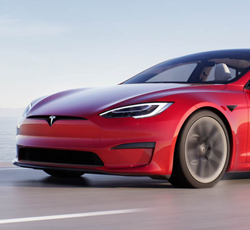
 Energy
Energy